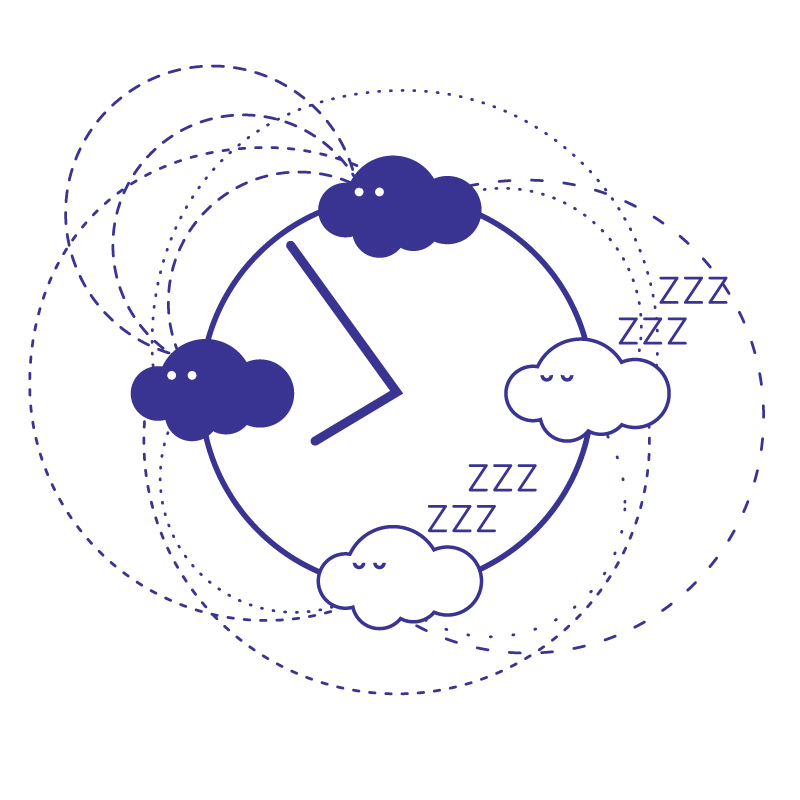Essay “Practice Practice”
The concept of University, as it has existed since the ancient Greeks, revolved around the idea of learning and doing in a physical space.
While the onset of globalization and advancement in cloud computing have fostered design and research in less physical placeholders of work, our design responses have oscillated between local and global. This constant appetite for and consumption of universal concerns outside of our immediate geographical context has motivated us to work evermore nomadically and collaboratively.
As students, we feel the pressure to innovate the form of practices, even as we test them for the first time ourselves. We practice a practice. After our first year of undergrad, the disappearance of drafting boards in studio marked the end of having a “fixed” place for design and work. With the advent of personal portable computers and the immense growth in computer data sharing, the “cloud” has emerged as the most critical and resilient form of infrastructure for practice.
It is no surprise that a studio today can essentially require only two features: flat surfaces for our laptops and a stable WI-FI connection. What is the future of practice and how
can we test it? Can we exploit the digital and operate confidently in the cloud? Now, it is time to embrace the digital realm and practice practicing for the “placeless”.
Traditional spaces for work now serve as temporary refuge to our corporeal selves. Finding a way to work at
one degree of separation from the University and collaborating with likeminded individuals that are not here, is the first step toward embracing the digital realm and seeking a practice for the “placeless.” And it’s more efficient: designing and working across multiple time zones enables an extremely streamlined working environment even for amateur practitioners. During crunch periods, collaborators in Europe work while we in North America sleep.
In many cases, contemporary designs exist much more harmoniously and comfortably in the digital realm due to their complexity in geometry and scale. The “cloud” enables multiple designers with equal control and has potential to provide an unprecedented form of democratic decision making. The impracticality to track individual changes, standardized graphics user interface of the applications and overall unbiased representation of work combine to create a veil of anonymity over the design, diluting authorship. Communication and critique through modification of a digital model, a drawing, or diagram, is made fluent in the “cloud,” rejecting the counter-intuitive process of a “master sketch”. My collaborators and I encourage the design solution to morph and emerge collectively throughout the network of designers.
We have long past the era of “isms”, architectural styles or “visionary” architect acting solely as the master designer. Whether the “cloud” is a testament on the changing nature of the practice of architecture, it is evident that our generation is shifting towards crowd-sourcing and democratic decision making. If our education structures should reflect new ways of thinking and working in the “placeless”, then the idea of a guerrilla architecture school is no longer implausible. As speculated by Alternative Routes for Architecture (ARFA)*, the future architecture school can operate on a different pedagogical and business model, acting not as an established hierarchy but rather as a network of expertise including professors, consultants, other disciplines and institutions. The school can offer large studio spaces while other physical resources are sourced within the local, professional and digital community. As incredible as this model may sound even in the most interconnected period of human history, academia and architectural practice have the potential to innovate in the form of collaborative processes by embracing the “placeless”.



